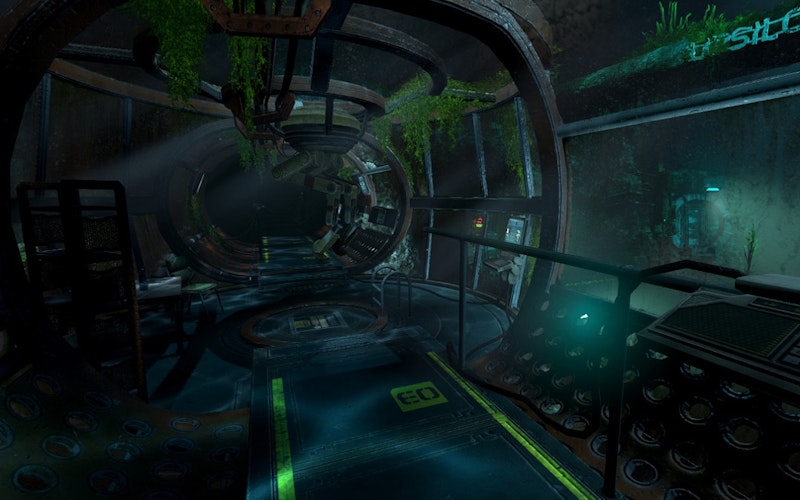
Games
Soma and the sting of death
Even as video games have grown into a respected artistic medium that tackles some of life’s biggest questions, they can still struggle to grapple with the tragic reality of death. While death plays heavily into the core mechanics of games, it often lacks weight. Most games give players ample checkpoints and save points, as well as infinite respawns — meaning if the player’s character dies, she or he can simply try again from an advanced position. In the best cases, death teaches players to learn from their mistakes; in the worst, it’s simply annoying. In short, death is cheap.
The Bible describes death as the last enemy and the curse of the fall. The Apostle Paul said it has a deep and abiding sting. Death is no small matter; it is costly and bitter. The resurgence of “rogue-like games,” to some degree, has sought to address the cheap nature of death in games by giving players only one life and forcing them to start completely over every time their character dies. This, however, only scratches at the cost of death and fails to deal honestly with its unsettling nature. Soma, a post-apocalyptic game in which players explore the last surviving settlement of humanity in a research station at the bottom of the ocean, sets out to change that — to confront players with the horror of death.
Soma puts players in the shoes of Simon Jarrett, a young man suffering from cranial bleeding due to a recent car crash. In the game’s opening sequence, Simon agrees to an experimental brain scan in hopes that it will reveal a solution to the bleeding. After the procedure, Simon wakes up more than 80 years later in Pathos-2, a research center at the bottom of the Atlantic Ocean. He soon discovers that a comet caused all of humanity’s extinction save for the inhabitants of Pathos-2, who are now haunted by murderous creatures wreaking havoc on the station. As Simon, you can explore Pathos-2 in hopes of finding other survivors and unraveling the mystery of your being there.
This “death” takes a toll on your character.
Thomas Grip, creative director of Soma, said in an interview that he’s noticed most players aren’t particularly bothered when their character dies during survival horror games. In Soma, he said, “death is not final but takes the player closer and closer to a very disturbing state of being.” Having played Soma, I’d agree. In fact, I have only “died” a few times because the experience was so unpleasant that I became diligent to avoid it. Soma’s monsters cannot be fought; players can only hope to hide or escape from them. When players are caught by the game’s monsters, they are attacked and appear to have been killed, only to black out and wake up in the spot of the attack, now impaired.
This “death” takes a toll on your character. You aren’t the same. Your character’s movement becomes labored, his vision is blurred, his hearing is altered. You see and hear things that may or may not be there. This simulated “death” changes Simon and the world around him. I know it’s just a game, but when I die in Soma it feels like something has been irreparably lost. If that sounds disturbing, that’s because it should be.
While Soma ends on a hopeful note that I shouldn’t spoil, it still lacks a vision of a world where death is swallowed up in victory. Nonetheless, Soma is honest in a way that few pieces of entertainment are, by immersing us in death’s horrible reality. What comfort to know that we have a savior who enables us to ask, alongside Paul, “Where, O death, is your victory? Where, O death, is your sting?”
Topics: Games, Culture At Large, Arts & Leisure